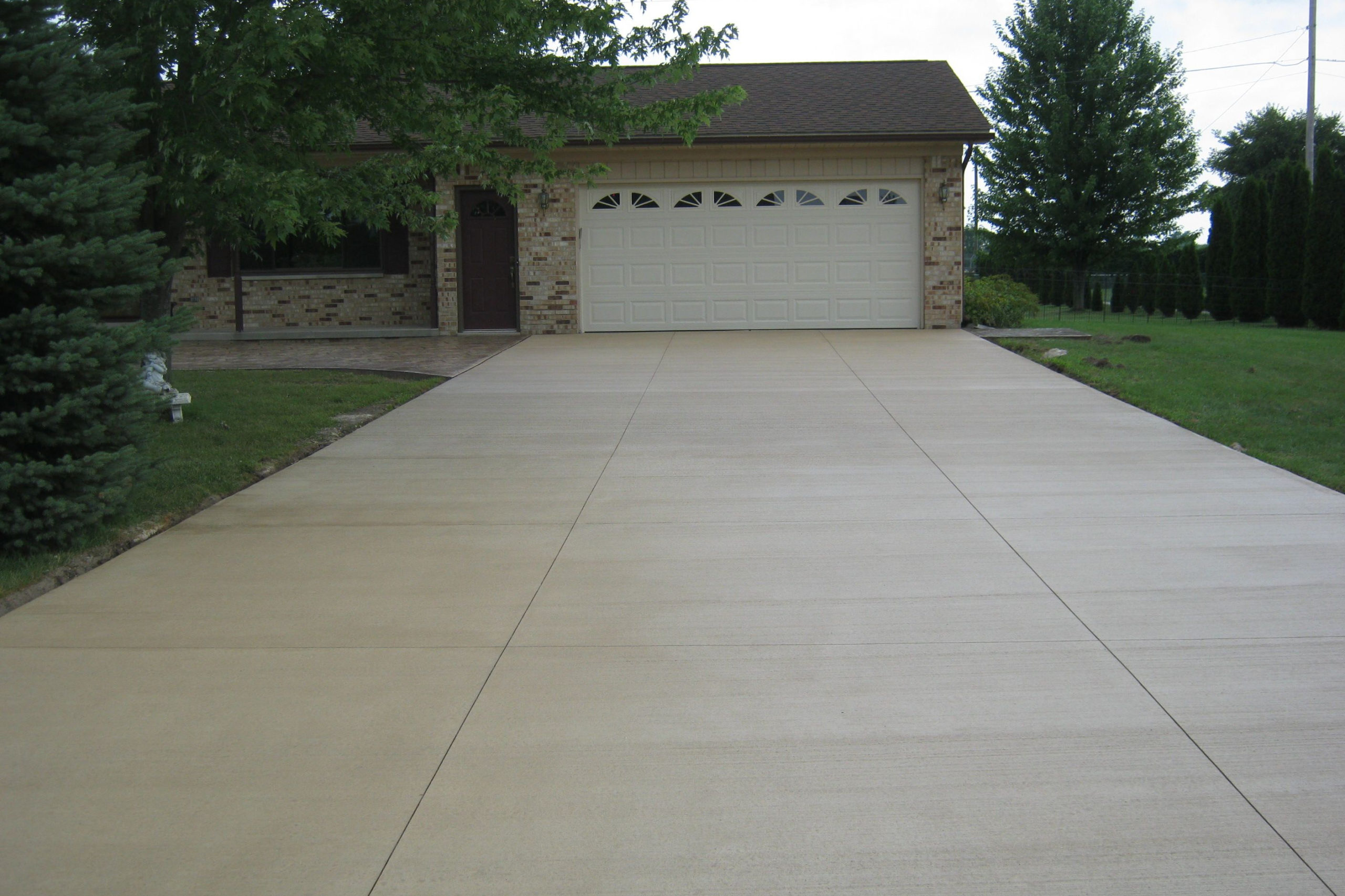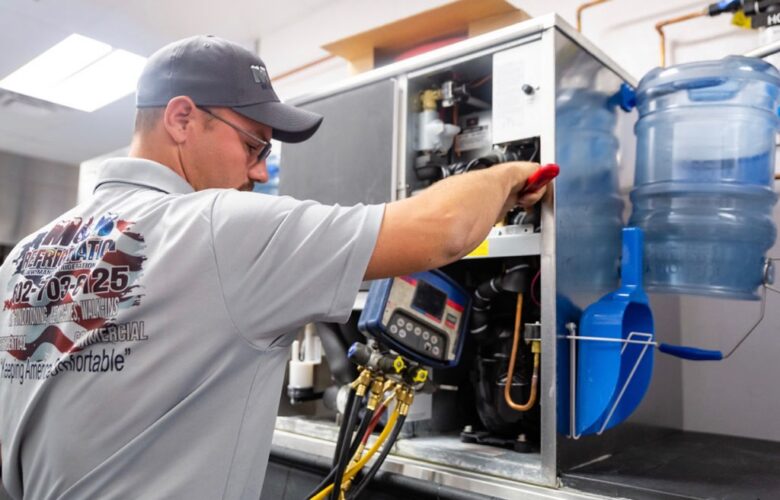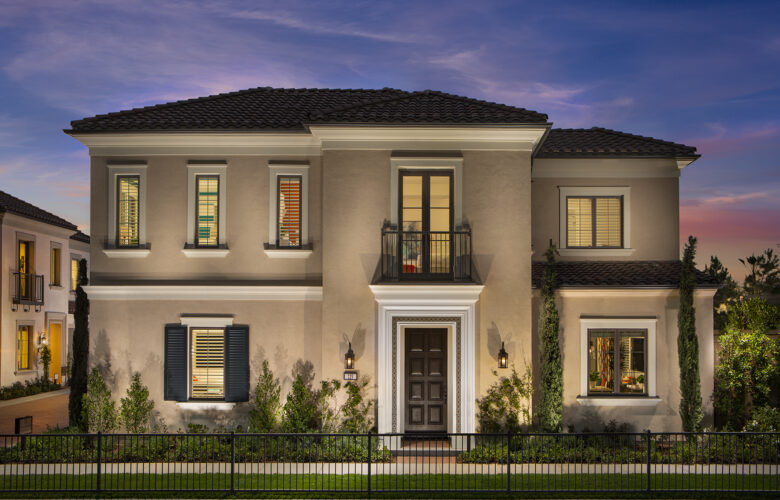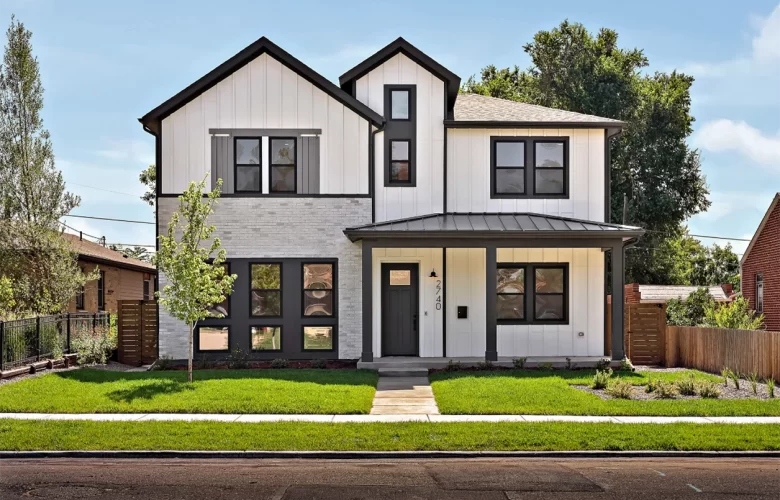Concrete is customized to have different properties and be used in different ways by varying the proportions and ingredients. The most basic and commonly used type of concrete is standard concrete. It’s a mixture of Portland cement, sand, and gravel or crushed stone. The water-to-cement ratio typically ranges from 0.40 to 0.60. Standard concrete is suitable for many residential, commercial, and industrial applications. It has a compressive strength of around 3,000 psi after 28 days. Standard concrete is used for sidewalks, driveways, slabs, foundations, walls, columns, and more.
High-strength concrete
For applications that require durability and high compressive strength, high-strength concrete is used. High-strength concrete contains a low water-to-cement ratio and usually includes admixtures like silica fume to increase strength. This concrete allows for taller buildings and long-spanning structures. It’s also more resistant to damage from freezing and thawing cycles. It is more expensive due to the materials and specialized mixing required. A high-rise building, a bridge, or a marine environment might use it.
Lightweight concrete
Lightweight concrete contains aggregate that is lighter than typical stone aggregate. Materials like expanded clay and vermiculite are used. The result is concrete with a dry density of around 90 to 115 lb/ft3 compared to normal concrete, which is 140 to 150 lb/ft3. The reduced weight allows for the construction of larger structures without foundation issues or increased seismic pressure. Lightweight concrete also has good insulating properties.
Pervious concrete
Pervious concrete contains little to no sand, creating an open-cell structure with voids and pores that allow water to pass through. It’s installed without steel reinforcement and is frequently used in sustainable construction for stormwater management. The porous nature of pervious concrete also reduces hydroplaning when used on roadways. Since it has a high void content, previous concrete has a low compressive strength of around 2,000 psi. Commonly used in parking areas, pathways, and green building projects.
Fiber-reinforced concrete
Adding fibers like steel, glass, polypropylene, carbon, or natural fibers to the mix creates fiber-reinforced concrete (FRC). Fibers increase tensile strength and impact resistance. The fibers help hold the concrete together after cracking and allow it to flex rather than snap. There are different types of FRC depending on the fiber used. Steel fiber has better flexural strength. Glass fiber prevents crack propagation. FRC applications include overlays, industrial flooring, and earthquake-resistant structures.
Colored concrete
Concrete is colored for decorative purposes by adding pigments to the mix. Common pigments used include metal oxides like iron oxide for reds, browns, and oranges, and chromium oxide for greens. Other coloring methods involve using stains, dyes, or paints on the concrete surface. Colored concrete creates visual appeal on driveways, pool decks, patios, and floors. The coloring is often applied as an exposed aggregate finish or stamped overlay to create patterns. It expands design options. Experienced concrete Sutherland Shire contractors have the expertise to advise on which concrete type is ideal for each job.




